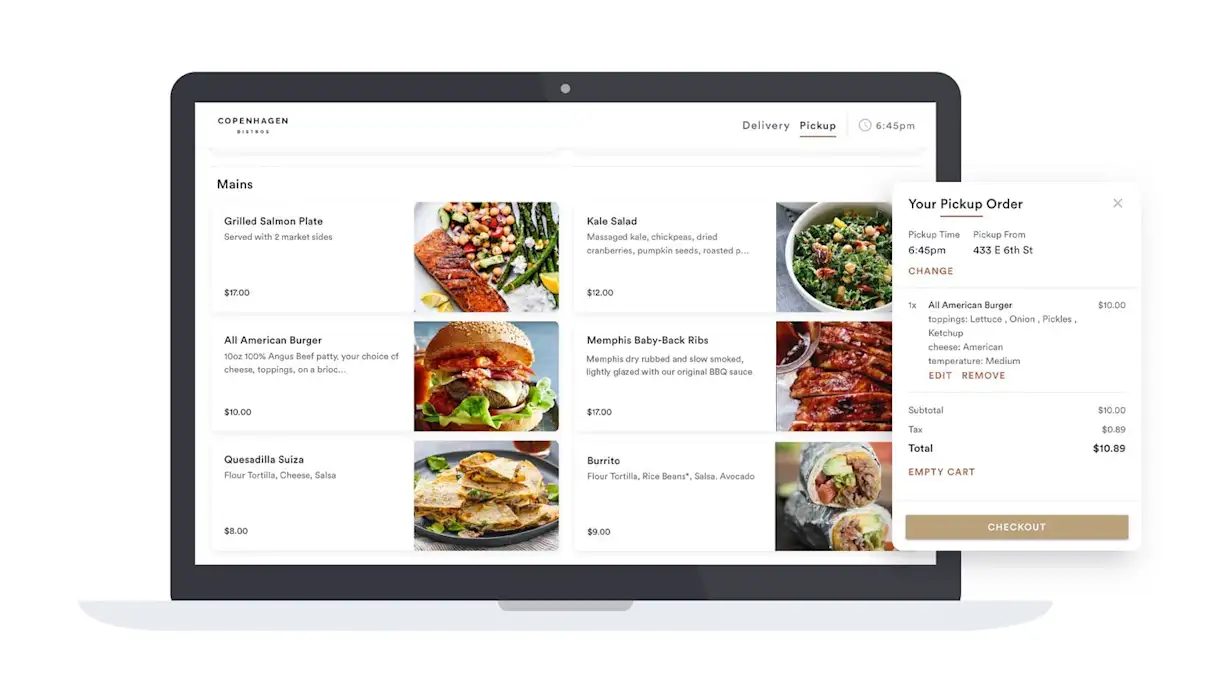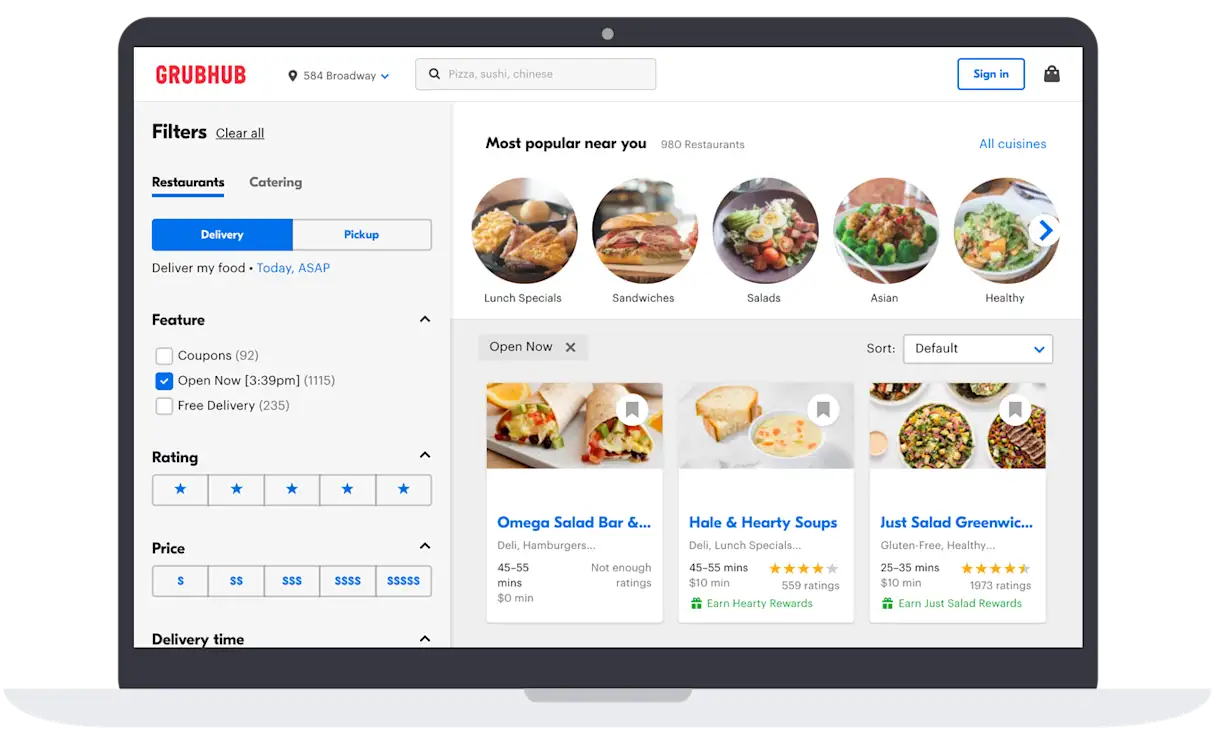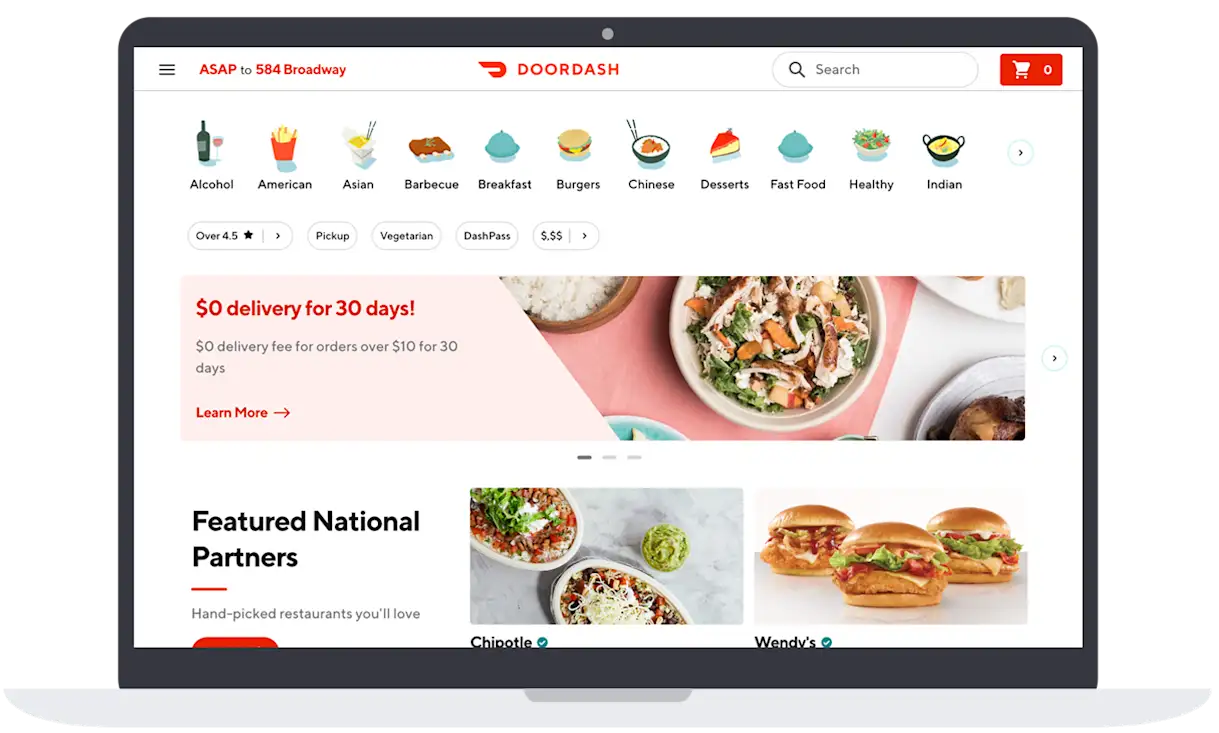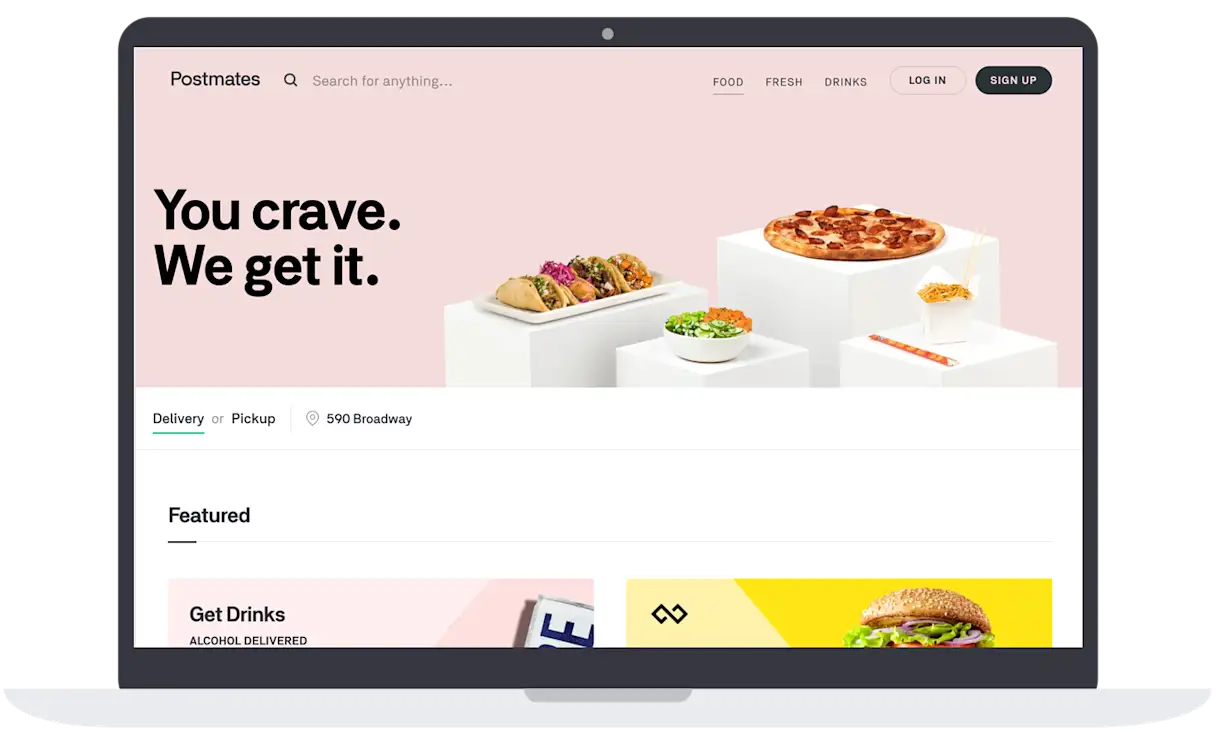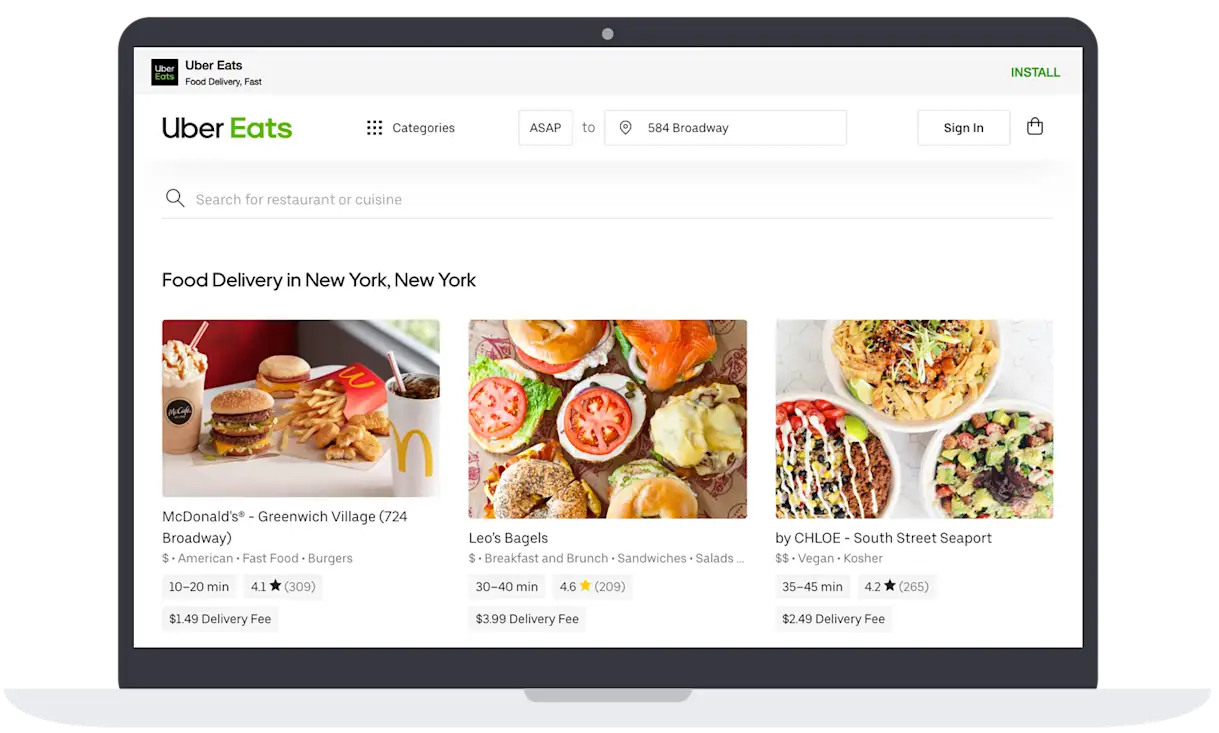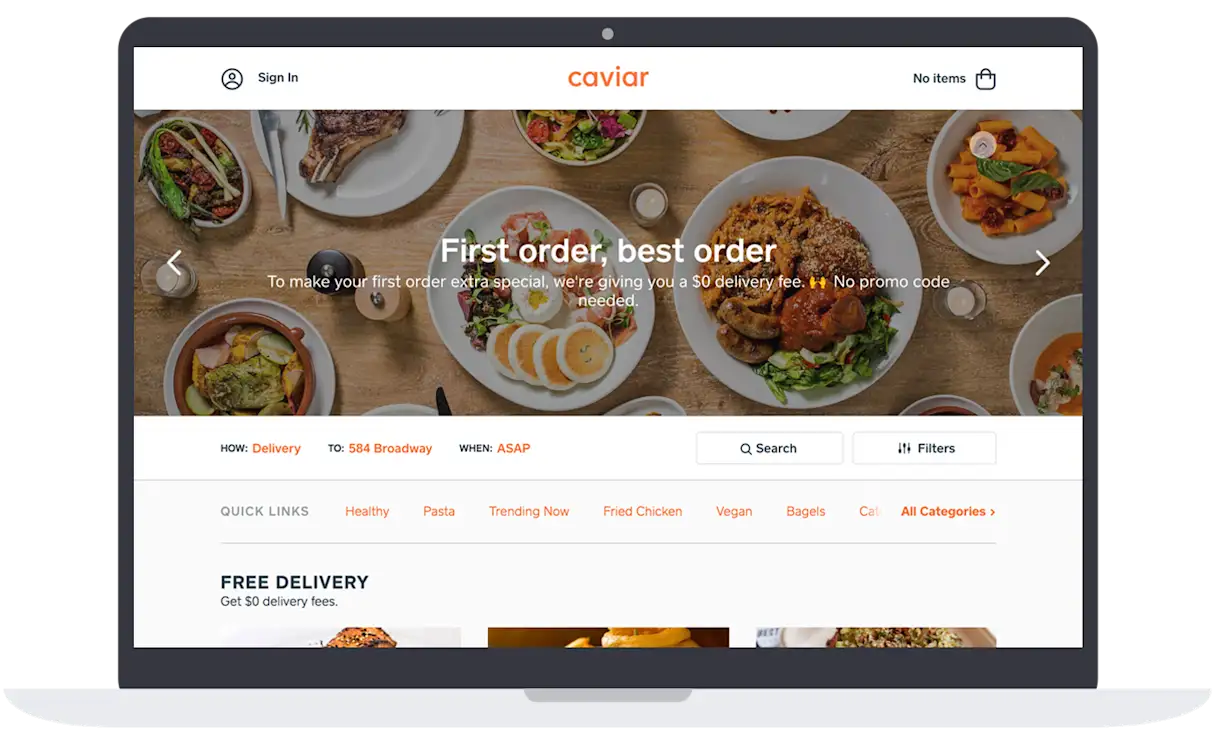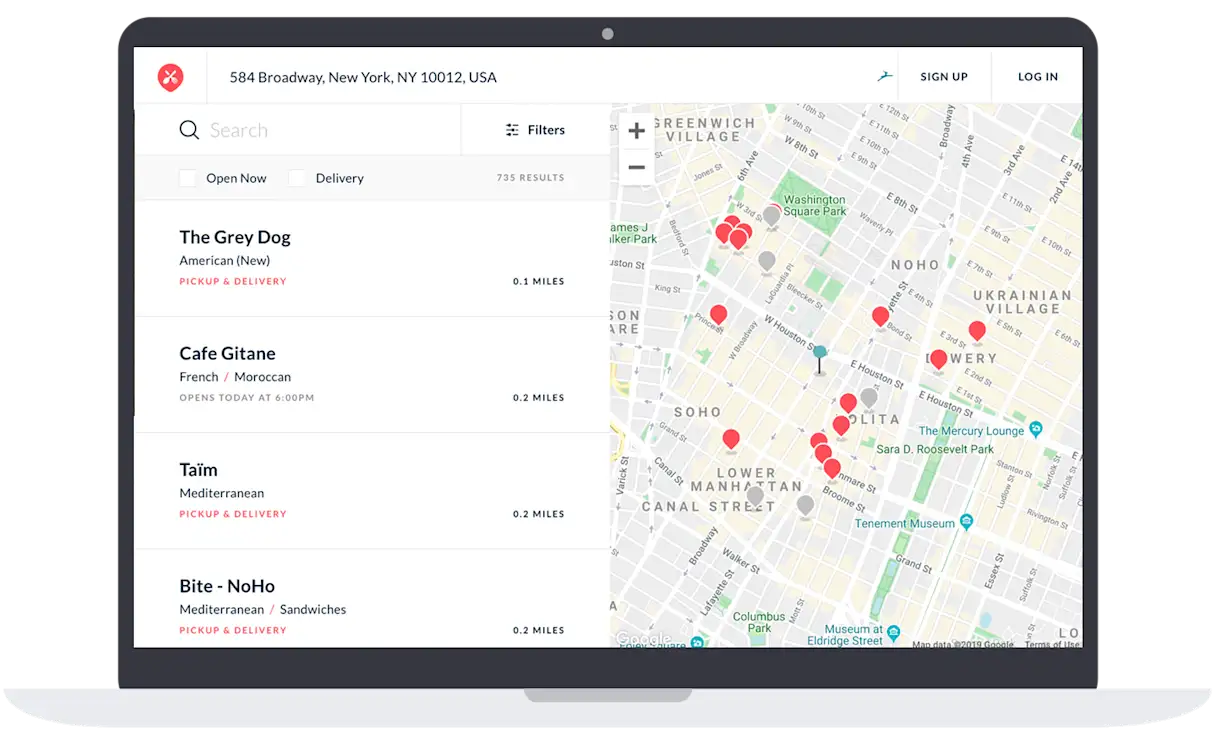Commerce
Considering Online Ordering for Your Restaurant?
June 5, 2020
Here are some partner platforms worth exploring with pros and cons of each.
Ordering Online: ChowNow vs. Grubhub vs. DoorDash vs. Postmates vs. Uber Eats vs. Caviar
The demand for ordering food online has increased more than ever. The restaurant landscape has been completely transformed by COVID-19 and even after restaurants have reopened, they will have to adapt to a new economy and a new way of operating.
82% of diners will continue to order online for pickup and delivery in the months ahead. What’s certain is that to-go operations, whether it’s for pickup or delivery, are vital to maintaining a healthy revenue stream. At that, restaurants will need to choose which online ordering platform works best for their business and that is designed to provide higher profit margins while creating a pleasurable experience for consumers. We’ve created a list of platforms that restaurants should consider.

PRODUCT
Online Ordering for Restaurants
Drive more revenue with unified, branded, commission-free online ordering.
Bento Ordering empowers restaurants to capture direct pickup and delivery orders through their website. This makes it easy and convenient for diners to place orders while supporting your business, especially as 70% of consumers would rather order direct from the restaurant than through a third party.
Pros: Restaurants can bypass high commission costs as high as 30%+ from third-party marketplaces and get up and running in less than 7 days. Restaurants also retain complete ownership of their customer relationships and online ordering store experience. Bento Ordering is known to have the most responsive team in the industry and its platform and support scale to multiple locations. Bento Ordering also applies a design-first approach that keeps the restaurant’s brand and logo front and center from the first click to checkout to order updates.
Cons: If your takeout order volume is low, you will need to market your direct orders. BentoBox does help with this through complimentary automated marketing campaigns and a customer loyalty program that collectively drive repeat orders and diners.
Cost: Bento Ordering is $49/month per location as an add-on to an existing BentoBox-powered website or $79/month for the first location for restaurants with their own websites or social presence.
Grubhub operates in over 2,200 cities. Grubhub handles the logistics from listing your restaurant’s menu on its marketplace, processing the order and delivery. They operate on a commission model, similar to the other platforms in this list. The fee that Grubhub takes is up to 30% of each order. This 30% commission fee includes high exposure placement in the marketplace. Grubhub controls over 25% of the food delivery market share, which is a vast resource of potential new customers. Restaurant owners need to be aware of the expense that high commission fees can have on profit margins.
Pros: Grubhub has extensive experience working with restaurants across the country and has a large audience of users.
Cons: Since Grubhub services thousands of restaurants in each city you will have to pay higher commission fees to advertise on the platform so that guests can find you. Grubhub, along with other third-party services, doesn’t share guest information with the restaurant, which means that restaurants cannot market directly to their customer base to drive loyalty and incentives.
Cost: Grubhub is a commission-based model of up to 30% per order.
DoorDash operates in all 50 states, and partners with nationally recognized quick-service restaurants such as Wendy’s, Chick-fil-a and Chipotle. DoorDash operates on a commission fee model. With every order placed, this fee can reach upwards of 30% if you advertise on the app. The benefit of advertising is increased exposure, which can lead to more sales but potentially a strained profit margin. Once an order is placed on the DoorDash platform and confirmed by the restaurant, their delivery “dashers” pick up the order and fulfill the delivery.
Pros: Doordash handles the order logistics all the way to delivery. Also, through marketing and advertisements on the platform, restaurants can potentially see increased business and sales.
Cons: DoorDash has a crowded marketplace that can prevent guests from seeing your listing and choosing you. Restaurants pay more per order to advertise on the platform and increase exposure.
Cost: Doordash is a commission-based model of up to 30% per order.
Postmates is a marketplace for delivery and pickup orders but isn’t limited to restaurants. Consumers can order groceries, alcohol, and more. They operate in all 50 states, largely in metropolitan cities. There are benefits to partnering with Postmates, including being featured on the platform for increased exposure, cutting delivery costs and slashing commission fees which are up to 30% per order. Restaurants may or may not be aware that they are featured in the Postmates marketplace. This is because Postmates links guests to restaurant listings through local searches and Foursquare. Guests place an order through the app, Postmates takes the order, calls it into the restaurant and sends a courier to pick it up. Restaurants who choose to turn off online ordering during busy times or restaurants who choose not to deliver at all, find this frustrating.
Pros: There is potential for increased exposure and sales because customers come to Postmates for more than just food. Postmates handles the order logistics and fulfills the delivery so your staff doesn’t have to.
Cons: Postmates links guests to restaurants via search listings and Foursquare, which means that restaurants largely have no control over the ordering or delivery process.
Cost: Postmates is a commission-based model of up to 30% per order.
Uber Eats is a fast way to get food from the kitchen to your customer’s door using their existing and vast fleet of ride-hailing drivers. In 2018, Uber Eats estimated it would operate in over 70% of the country by the end of the year. Restaurants in suburban and metropolitan areas can benefit from its services where cars are plentiful. By partnering with Uber Eats, restaurants pay a commission fee of 25-30% for each order placed through the online marketplace or app. Uber Eats has partnered with larger franchises such as McDonald's, so standing out in the marketplace can be challenging. Delivery by car can increase food quality and conditions versus other transportation methods, which serves the restaurant's interest in maintaining positive guest experience beyond the brick and mortar.
Pros: Uber’s network of on-the-go consumers can place orders directly in the Uber app, increasing the potential for more orders. A large market of drivers enables quick pick up availability and delivery. Food quality and the guest experience is increased by better delivery conditions.
Cons: There are a lot of restaurants on the platform and includes national franchises which can overshadow your restaurant since high commission fees and partnership costs are manageable in their larger budgets.
Cost: Uber Eats is a commission-based model of up to 30% per order.
Caviar offers full-service delivery, from order to pick up to fulfillment, across select metropolitan cities on the East Coast, parts of California and the Pacific Northwest as well as Dallas/Fort Worth, Texas. Caviar takes a commission fee of up to 30% on each order for delivery. However, if a guest chooses to pick up their order, the commission fee is dropped to 12%, since the sale came through the caviar platform. Guests can order food for delivery from the online marketplace or via the mobile app. Caviar is selective about who it partners with, often partnering with more upscale or established restaurants in cities. This creates a more “curated” marketplace with competitors that are on a similar level.
Pros: Your restaurant is part of a curated community of esteemed restaurants. There is also the potential for increased sales through marketing on the platform. Caviar is full-service, connecting guests to the restaurant, handling the order logistics and delivery.
Cons: The commission fees are up to 30% on each order placed which can put a strain on profit margins. Even if a guest chooses to pick up the order, Caviar charges a 12% finders fee, since the order came through their platform.
Cost: Caviar is a commission-based model of up to 30% per order.
ChowNow is an online ordering platform that connects guests with restaurants but does not provide couriers. It’s up to the restaurant to fulfill delivery for orders placed. ChowNow charges a monthly payment that averages $149/month rather than taking commissions on each order. There is a $399 setup fee per location that includes hardware at no additional cost. If an order comes from a first-time guest, there is a 30% finders fee charged on that order. ChowNow embeds the ordering experience onto a restaurant’s website for desktop but not mobile (it opens a new window from the restaurant's website to ChowNow.com). ChowNow is a great choice for restaurants who already receive a lot of website traffic, keeping guests on your website which has the potential for upsells, such as if you sell gift cards, merch or tickets for events.
Pros: ChowNow embeds the ordering experience onto a restaurant’s website for desktop users, which means fewer guests leaving your website.
Cons: For guests visiting a restaurant’s website from a mobile device, the online ordering experience opens a new browser window to complete checkout through ChowNow. The ordering experience for your guests also has ChowNow’s branding whether they order on your website or the ChowNow app.
Cost: ChowNow is a subscription service model of around $149/month.

BentoBox Marketing & Commerce Platform
Deliver Smarter Hospitality
Want to stand out online, bring in more money, engage your diners, and streamline operations?
Recommended
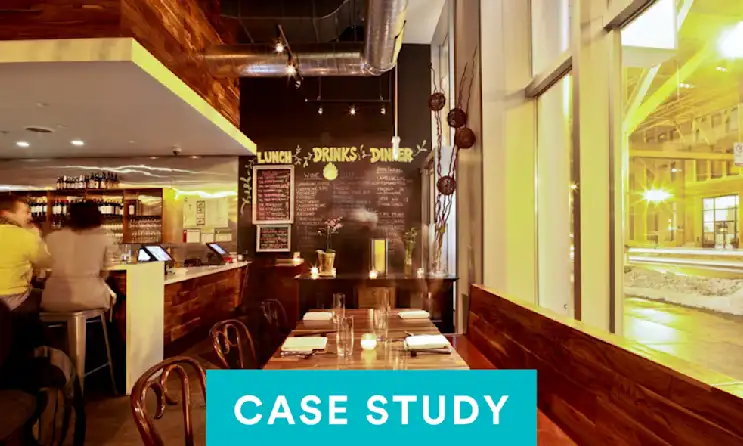
Interview
Q&A with Saigon Sisters on Online Catering Tips
February 5, 2019
How to build a robust catering store on your restaurant website

Commerce
Quick Ways to Drive More Online Ordering Revenue From Website Visitors
September 11, 2020
Part three of our series on increasing online ordering revenue

Marketing
The Best DIY Image Editors for Restaurants
February 13, 2019
A roundup of helpful image editing tools


